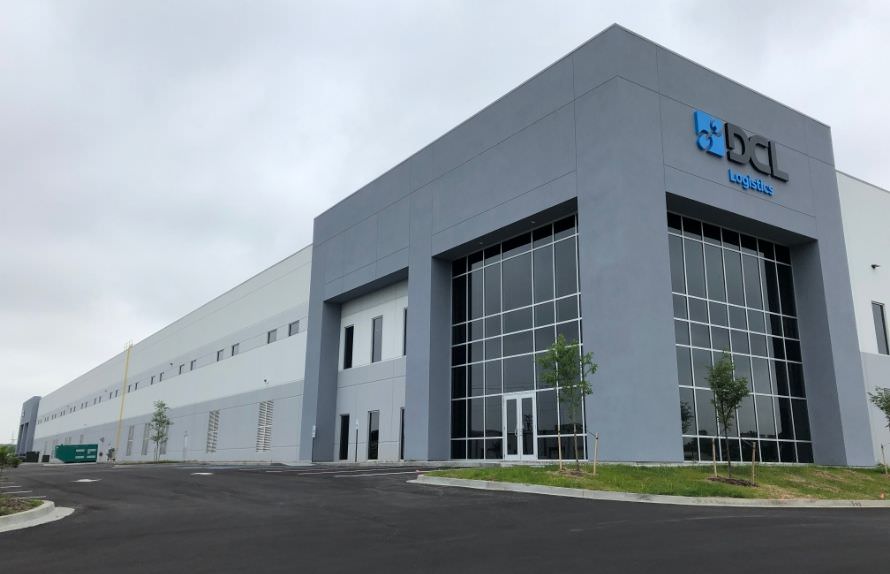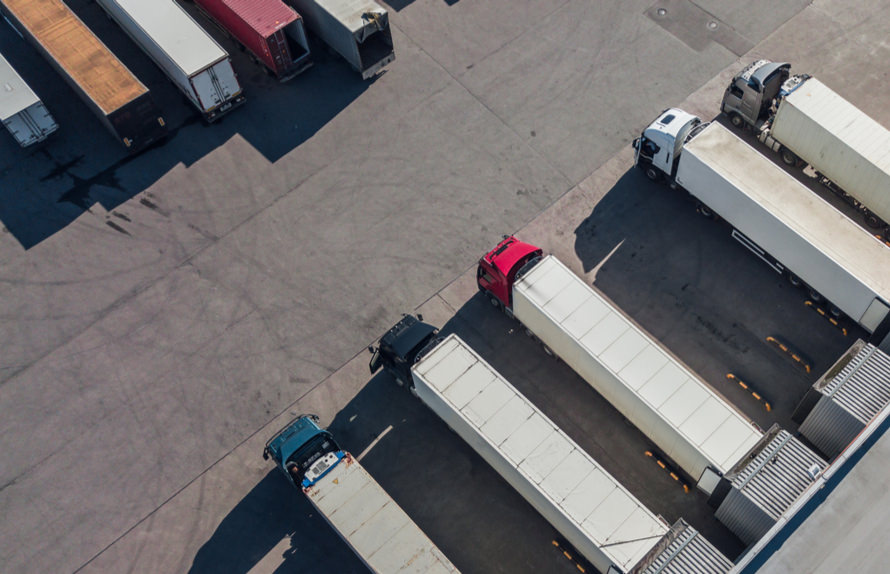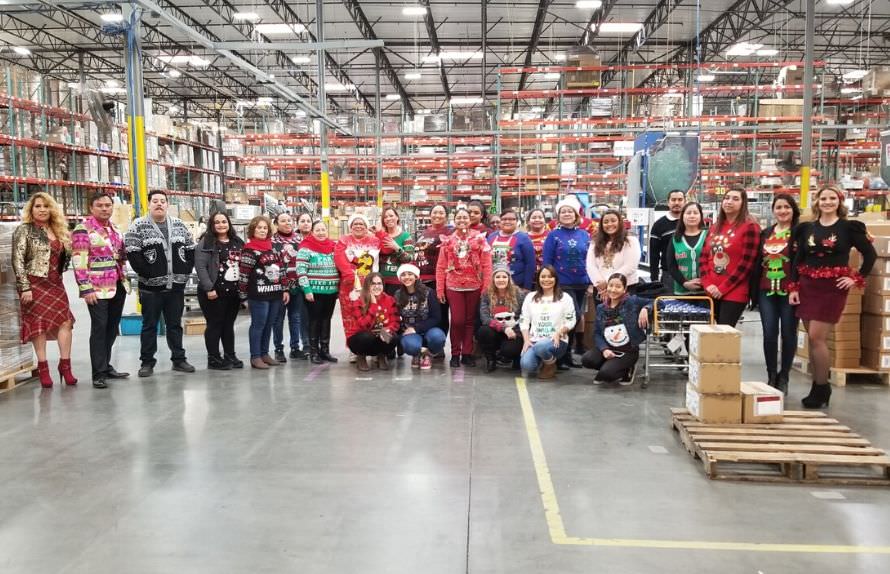
Amazon’s 2026 Fulfillment Fee Increases: What Ecommerce Businesses Need to Know (and How to Prepare)
Amazon announced that starting January 15, 2026, fulfillment fees will increase across Fulfillment by Amazon (FBA), Buy with Prime, and Multi-Channel Fulfillent (MCF).
While Amazon describes these adjustments as modest, even small increases can have a significant effect on ecommerce businesses that rely heavily on Amazon’s fulfillment network. Whether you’re an established Amazon seller or a growing brand using MCF to serve multiple sales channels, this change will influence your bottom line — and your strategy going into 2026.
In this post, we’ll break down what’s changing, what it means for your business, and ways to stay competitive while navigating rising costs.
What’s Changing in 2026
Amazon’s 2026 fee adjustments impact their major fulfillment programs — FBA, Buy with Prime, and MCF — with the goal of aligning costs more closely to item size, weight, and storage dynamics.
Here’s what sellers can expect to see:
- Fulfillment by Amazon (FBA): Average fulfillment fees will increase by roughly $0.08 per unit, with more detailed size and weight tiers to better reflect handling and shipping costs.
- Buy with Prime: Fulfillment fees for this program will rise by approximately $0.24 per unit, reflecting updates in storage, delivery speed, and return processing.
- Multi-Channel Fulfillment (MCF): Fees will increase by about $0.30 per unit, continuing Amazon’s effort to differentiate pricing for orders fulfilled outside of the Amazon marketplace.
Amazon is also refining size classifications, expanding inbound placement service options, and adjusting rates for oversized and bulky items. While the company emphasizes that these are not new fees, the added granularity means some sellers—especially those shipping heavier, bulkier, or lower-margin products—could see more noticeable increases.
The Real Impact on Ecommerce Businesses
1. Margin Pressure Adds Up Fast
A few cents per unit may not seem alarming, but for high-volume sellers, those costs add up quickly.
If you sell 10,000 units a month, an $0.08 increase translates to an extra $800 per month in fees. For MCF orders, that number can climb to $3,000 or more.
Combine that with rising shipping costs, higher ad spend, and ongoing inflation in packaging and materials, and it’s clear that 2026 will require sharper margin management. Sellers who don’t adjust pricing, packaging, or fulfillment strategy could find profitability shrinking faster than expected.
2. Not Every SKU Will Be Affected Equally
Amazon’s new size and weight tiers mean that smaller, lighter products will see smaller increases, while bulky or heavy items could incur more substantial hikes.
If you sell oversized goods, furniture, or fitness products, expect a larger jump. Smaller, high-value items like electronics accessories or beauty products may see minimal change.
The key takeaway: analyze your catalog SKU by SKU. Determine which products are most affected and where your margins are most vulnerable before the new fees go into effect.
3. Pricing and Competitiveness Will Tighten
For many sellers, raising prices may feel like the simplest solution, but it’s not always the smartest one. In competitive categories, even small price jumps can hurt conversion rates and search ranking.
The alternative is to find savings elsewhere. That might mean reducing packaging weight, shifting fulfillment channels, or re-evaluating which SKUs belong in FBA versus alternative solutions.
Sellers who can maintain competitive pricing while managing costs more efficiently will win in 2026. Those who rely on “set it and forget it” pricing could quickly fall behind.
4. Storage and Inventory Costs Remain a Hidden Risk
Beyond the per-unit fee increases, Amazon continues to fine-tune its storage and inventory policies. Long-term storage fees, removal fees, and low-inventory-level surcharges are already on the books, and they’re not going away.
Sellers who maintain excess inventory or ship inefficiently to Amazon’s network may face added costs that go beyond the base fulfillment fee.
In 2026, it will be more important than ever to optimize your inbound shipping, inventory placement, and restocking rhythm to avoid penalties and unnecessary storage charges.
5. The Multi-Channel Dilemma
For brands that use Multi-Channel Fulfillment (MCF) to ship orders from their own websites, social channels, or other marketplaces, the impact could be even more pronounced.
MCF fees are rising faster than FBA fees — meaning that selling off-Amazon while still using Amazon’s fulfillment centers may no longer be the most cost-efficient approach.
This is where diversification becomes critical. Relying solely on Amazon’s network leaves you vulnerable to fee changes and limits flexibility. Exploring outside fulfillment options, like a trusted 3PL partner, could provide better cost control and more operational freedom.

Preparing Your Ecommerce Business for 2026
The best defense against rising fulfillment costs is proactive planning. Before January 2026 arrives, take time to audit your business across five key areas:
- SKU-Level Profitability: Recalculate your profit margins for each product using the updated fee estimates. Identify which SKUs will be most affected and prioritize them for optimization.
- Packaging and Dimensions: Explore lighter or smaller packaging to keep your products in the most favorable fulfillment tiers.
- Inventory Strategy: Avoid long-term storage fees by improving inventory turnover rates and forecasting demand more accurately.
- Pricing Review: If you must raise prices, do it strategically. Test small increases to see how they affect conversion and ranking.
- Fulfillment Mix: Compare the total landed cost of FBA versus a 3PL. In some cases, a hybrid approach will deliver the best balance of speed and savings.
A US Perspective: Think GEO-Smart
For ecommerce businesses across the United States, these changes will play out differently depending on where you operate.
Sellers based on the West Coast, in cities like Los Angeles, San Diego, or Seattle. should evaluate inbound freight and storage costs carefully, as those regions often carry higher logistics expenses.
Brands in Midwest or East Coast regions may have more affordable options for regional warehousing and last-mile delivery.
Understand how and why location matters. Whether you’re working with Amazon or a 3PL, distributing inventory geographically can reduce shipping times, improve customer satisfaction, and offset rising fulfillment fees.
How a 3PL Can Help You Manage Rising Amazon Costs
Working with a third-party logistics (3PL) provider can be one of the smartest moves ecommerce businesses make in response to Amazon’s 2026 fee increase.
Here are some ways a 3PL can offset those added costs and strengthen your fulfillment strategy.
1. Cost Control and Customization
Amazon’s fees are standardized, you pay what the rate card dictates. A 3PL, on the other hand, offers customized pricing and services tailored to your product type, order volume, and regional footprint.
By negotiating directly with your 3PL, you can often reduce per-unit handling costs, optimize storage rates, and gain more transparency around how each cost component affects your margins.
Plus, with multiple warehouse locations across the US, a 3PL can help you store inventory closer to your customers, cutting down on shipping zones and delivery costs.
2. Diversifying Fulfillment Channels
A 3PL allows you to diversify your logistics operations instead of keeping everything under Amazon’s roof.
You can continue using FBA for your top-selling SKUs that benefit most from the Prime badge while routing slower-moving or lower-margin products through your 3PL network.
This hybrid model reduces your dependency on Amazon’s ecosystem while preserving your ability to meet fast shipping expectations across all sales channels. from Shopify and Walmart to TikTok Shop and eBay.
3. Smarter Inventory and Packaging Optimization
Because Amazon’s 2026 fee updates emphasize size and weight granularity, packaging optimization is more important than ever.
3PLs often help sellers redesign packaging to minimize dimensional weight and storage space. They can also provide real-time inventory data to keep your stock levels balanced, enough to meet demand without triggering excess storage fees.
By improving both packaging and placement strategy, you can significantly offset the cost impact of Amazon’s new fulfillment structure.
4. Returns, Kitting, and Value-Added Services
A strong 3PL partner can go beyond pick, pack, and ship. They often manage returns, product kitting, labeling, and even light assembly, services that can become expensive or complex when handled through Amazon’s standardized programs.
This flexibility allows you to control the customer experience more directly, reduce return turnaround time, and protect your profit margins on high-touch products.
5. Regional and Peak-Season Flexibility
For US-based sellers, fulfillment geography matters. Shipping from a California warehouse to East Coast customers is always going to cost more than regional fulfillment from a central or multi-node network.
A 3PL with nationwide facilities gives you the ability to strategically distribute inventory, for example, keeping stock on both coasts or near your largest customer clusters.
During peak seasons like Q4 or back-to-school, this distributed setup helps maintain fast shipping speeds without absorbing Amazon’s seasonal storage surcharges or strict inbound scheduling.
Bottom Line: Rethink, Rebalance, and Reinvest
Amazon’s 2026 fee increase is not a catastrophe, but it is a reminder.
As ecommerce evolves, costs will continue to shift, and sellers who stay agile will thrive. The businesses that succeed in 2026 will be the ones that treat fulfillment not as a static expense, but as a strategic lever for growth.
By combining the power of Amazon’s ecosystem with the flexibility of a 3PL, you can protect your margins, maintain competitive pricing, and deliver exceptional customer experiences — no matter how the fee structure changes.
The takeaway is simple: Don’t wait until January. Start modeling your costs now, test fulfillment options, and set your logistics strategy for 2026 today.








